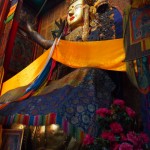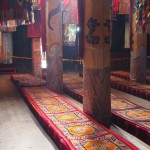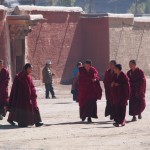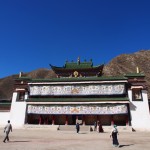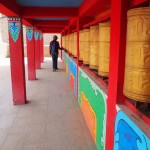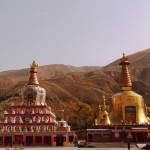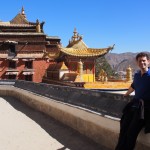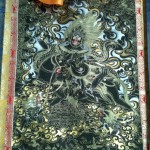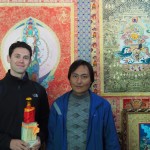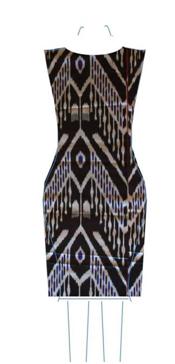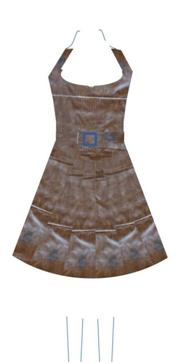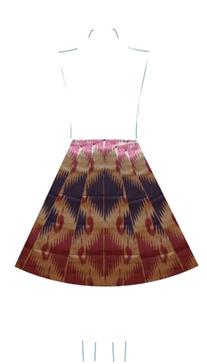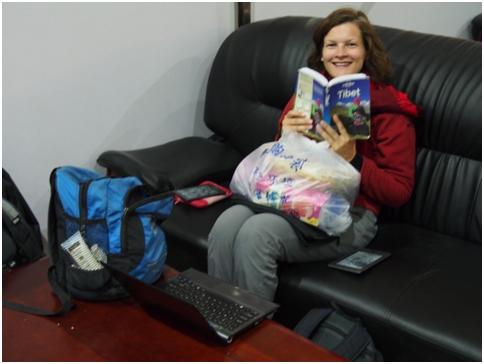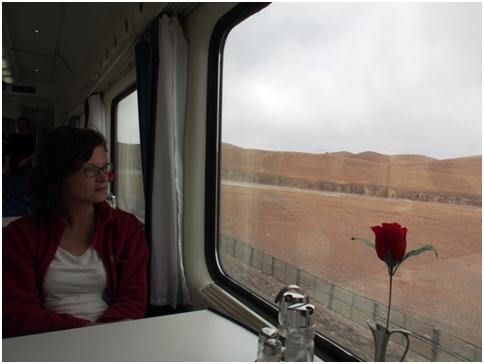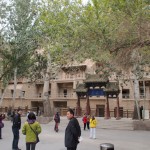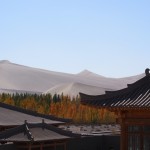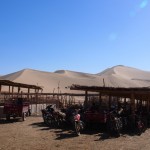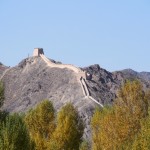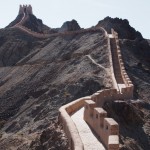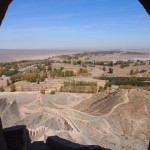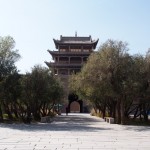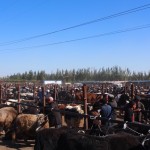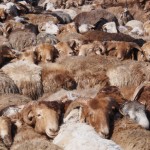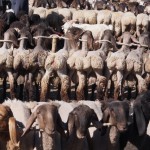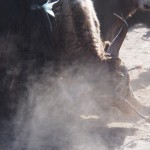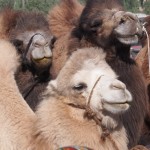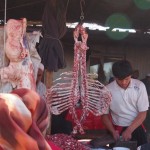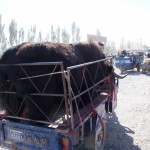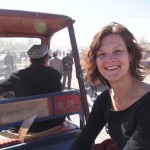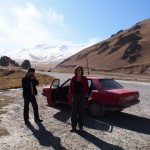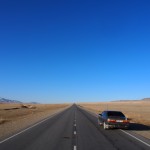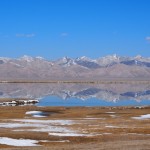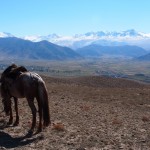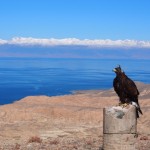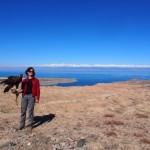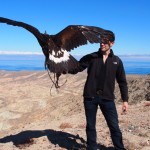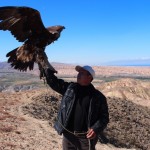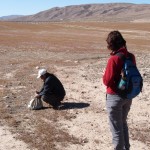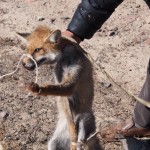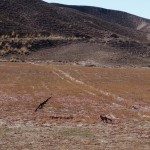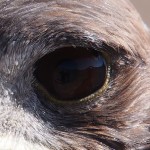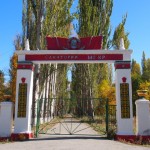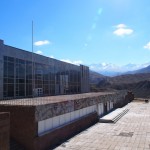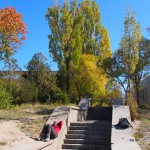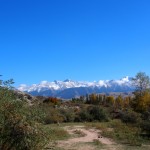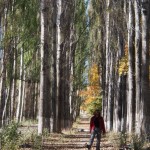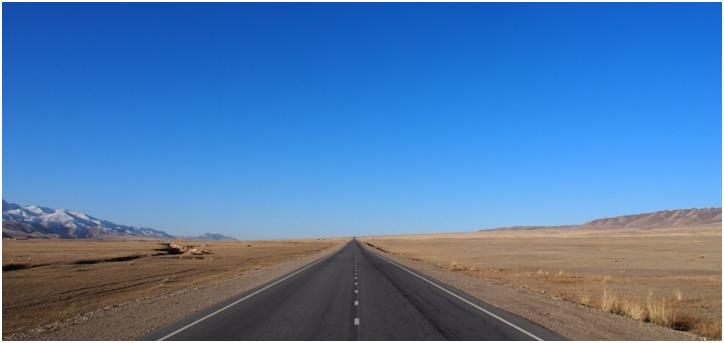There is a mathematical theory that is a particular favorite of mine. As roughly stated, the problem is as follows: you are looking to hire a new employee, you have 100 candidates to interview but (and here’s the constraint) you have to hire the winning candidate on the spot at the end of their one interview. Thinking this through, the first candidate may be the best of all the 100, but if you hire the first candidate on the spot you never get to see any of the others (and how do you know that all the others aren’t even better?). Alternatively, if you don’t hire an early candidate that you think is excellent … you might end up kicking yourself because you never get anyone of similar quality and you might be forced to settle for a less good candidate later on (in extremis, you may have to hire candidate number 100 no matter how good they are, because you have no other choice). So what do you do? How do you get the highest probability of hiring someone good?
Is anyone still with me? Excellent. The answer (apparently – I no longer have the maths to prove this myself) is that you interview just under one third of the candidates without hiring anybody, then hire on the spot the next person who is better than all the candidates you have seen so far. And if nobody is as good, hire candidate number 100.
Err, hang on, relevance please? This is a pretty wild digression even for you, James. So…
We are on the outskirts of Tibet, although still officially outside the Tibetan Autonomous Region. The countryside is mountainous and starkly beautiful, monks and monasteries abound and the smells of juniper incense and the squeak of prayer wheels are a constant reminder of where you are. And we are on the lookout for a Buddhist Thangka painting. There are a whole load of art galleries in towns that we are going to visit – once – over the next couple of weeks. We are heading up to Lhasa, which is of course the historical home of all that is excellent in Tibetan art, but history gets pretty convoluted in this part of the world and this may no longer be the case. And we can’t be sure that we won’t end up having to buy Thangka candidate 100 on our last day in Tibet. (see what we have done there? The theory is actually pretty widely applicable – one of the reasons I like it so much)
First stop: Labrang monastery in Xiahe. The monastery itself is perched amidst a small Tibetan enclave at the top of a typically charmless, rapidly growing Chinese town. As a first taste of Tibetan culture it is a dilly – deeply chanting monks, dark mysterious shrines, more deities than you can shake a prayer wheel at and a kora pilgrimage around the monastery walls that doubles as a pleasant stroll for a pair of altitude-acclimatizing westerners.
Next stop: Tongren. And it is here that we have our mathematically resolved dilemma. Tongren (cookie cutter Chinese hole in the ground medium-sized town – don’t bother) has a famous Thangka painting school attached to the Wutun-Si monastery about 6km out of town. And the Thangkas are great. Really great. But are we really about to buy a large Tibetan Buddhist painting and then carry the bloody thing the 1,000+ miles to Lhasa, where there must be more Thankga shops? We ummed and ahhed, we looked at dozens of paintings, we haggled, we negotiated hard … and we bought an awesome painting of a particularly fierce looking bloke on a horse (we discovered later that our fierce looking bloke is in fact a she. And it’s a mule. To be precise, her name is Sri Devi, and she is one of the only protector deities that you offer beer and wine to instead of holy water. Result!)
I would like to say that the mathematics played a part in our decision, and maybe it did. More likely, however, we were so stung by our Tashkent Experience that we would have kicked ourselves hard enough to draw blood had we missed another early opportunity to pick up something high quality and ended up spending another five days hunting for second best. Anyway, we picked up our painting, slid it inside a cannily acquired chunk of sewer pipe and headed off to Lhasa with our fingers crossed that we would never see anything as beautiful again.
- One of the first of literally thousands of Buddhas. Om!
- Dark, mysterious, aromatic. Like spiritual chocolate
- I expect these guys are discussing Manchester United, like everybody else we have met on our trip round the world
- Blue skies, bright sunlight, white walls – sunglasses city!
- DJ Lucy on the prayer wheels of steel
- We are SO having one of these in the garden
- At the top of the Labrang Kora. Who needs oxygen anyway?
- Bloke on a horse. No, really.
- Thankga painter extraordinaire. Yes he gave me his card … but it’s in Tibetan so we don’t know his name

